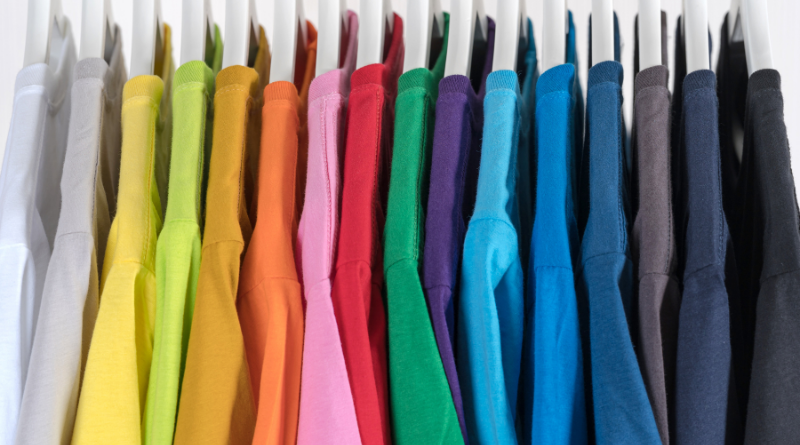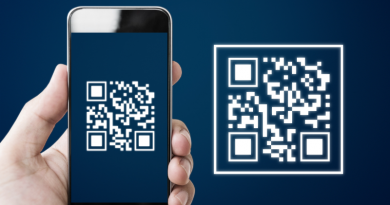How do you represent your brand?
Every day and every second we’re making snap judgements about everything we see. And all of those details and opinions add up and build our whole impression of a person or brand.
Each touch point with someone is the opportunity to make an impression, both positive or negative.
When we think about branding, often people think it’s just the logo.
All these elements together build the brand:
- Your logo in its various forms, possibly with an icon.
- The fonts used in the logo, marketing and website.
- The colour palette.
- The tone of voice on emails, your website and social media.
- The illustration style and imagery sets the visual tone.
- How employees interact and behave are an extension of a brand.
“Your brand is what other people say about you when you’re not in the room” – Jeff Bezos
I’m going to take a punt and presume that your business has a logo, social media profiles on a few platforms and a website. These may have been designed recently and feel fresh and relevant, or one or all of those may be a bit neglected and out of date.
What impression are they making on your brand and business?
You are what you wear
Consider every time you attend a networking event, either online or in person… …did you take care of your appearance? Or did you just throw anything on that fits and is vaguely clean?
There have been numerous studies that show that it takes less than a second for people to form an opinion of you. The clothes you choose to wear tell people a lot about who you really are.
What do you want people to think about you? Do you want to come across as creative? Fun? Easy-going? Professional? Also think about the clothes that make you feel and look your best.
With most of us working at home to varying degrees, we’ve swapped our work wear for elasticated waist bands and more casual attire. I know I certainly keep comfort at the forefront of my outfit decisions at home.
For the last 5 years, I’ve considered the outfits I’ve chosen to wear and thought about how that reflects on me and my brand. When I launched my online monthly training sessions back in January 2020, I knew that my appearance (at least my top half) would be seen in the training videos and saved for people to watch back.
I made sure to incorporate my brand colours into my outfits when I had my branding photoshoots with Jo Blackwell and every time I do a guest talk. As a result, I’ve accumulated a number of tops and outfits that feature my Lovely Evolution brand colours of navy and aqua tones.
Tip:
You don’t have to be head to foot in your brand colours. A pop of colour in an accessory like a scarf, tie, handkerchief, hand bag, phone case or stationery can be enough.
Uniforms
I know that the thought of uniforms can trigger some bad school memories. But uniforms serve a purpose in a business or organisation. For example, in a hospital or hotel, you know who works there and what role they play in the chain of command, just by glancing at their clothing.
Here are some benefits to your brand and business when you have a uniform.
If you have a team of people, a uniform ensures a unified and presentable look to your clients.
2. Increased brand awareness and reputation
Every time you see a DPD driver or Sainsbury’s employee, you can instantly tell what company they work with. When your employees are wearing a uniform with your company logo, they are a walking advertisement for your brand and services.
3. Improved employee happiness
Despite what you might assume, uniforms can make employees happier. It can build team spirit (Wooo!) and is a great equaliser. A company uniform can save employees money as they don’t have to pay for a wardrobe of work wear.
Here are some statistics from a 2011 study on how customers view branded uniforms:
- 56.1% of respondents stated that uniforms are more effective than internet advertising.
- 73.5% of respondents stated that uniforms are more effective than TV advertising.
- 75.7% of respondents stated that uniforms are more effective than billboard advertising.
Virtual meetings
When you’re in a meeting online, do you have a tidy or pleasing backdrop? Do you use a virtual background with your logo on it?
I like to use the virtual background feature on Zoom calls as it’s a place to add my logo, use my colours and add some text about what I do.
Not everyone likes a virtual background, and they don’t always work so well. It’s up to you if you use one or you could have a physical roller banner behind you instead.
Tips for a better virtual background:
- The plainer the real life backdrop, the better the virtual background will behave or use a green screen.
- If you have a light background, use a light colour on the virtual background image so you don’t get the halo round you. Do the opposite if you have a dark background.
- Upgrade your laptop if it struggles with the virtual backdrop or not available.
- Make sure you keep your logo and any text to the top or bottom left or right and not in the middle where you’re sitting.
- Any important text should be a large or reasonable size that’s readable, even when your screen is smaller on a gallery view.
- Don’t have too many elements in the background design. If it’s too cluttered, it will be busy and distracting and doesn’t look good.
- Use your brand fonts and colours.
Your branding online
Don’t forget to look at how your branding appears online on your website and social media.
Use a professional headshot. If you don’t have the budget to work with a photographer, then make sure you take a photo in a well lit room against a plain background. Don’t be that idiot with the sunglasses and a glass of bubbly. Please update your photo if it’s 5-10 years out of date. It looks unprofessional.
Be consistent and use the same profile images on your ‘About’ section of your website. It reassures people that you are the same person.
And if I had a £1 for every time I saw a default blank banner on a Linkedin profile, I would be very very rich by now.
Make use of the large banner image on your Linkedin profile and your company page, and on other social media platforms.
If you have a number of employees in your company, make sure that on Linkedin, they have a banner image they can upload to their profile. They are representing your company on Linkedin too..
Final thoughts
Take some time to assess your wardrobe and your ‘go to’ outfits to see if they need to be improved and can be more ‘on brand’.
Do a bit of an audit of all the places you show up online, and see what needs updating to keep your message and brand consistent.
Originally posted 2021-09-21 15:44:19.
- How do you represent your brand? - January 10, 2026
- The new era of flyers in an online world - November 18, 2025
- Is having a vision or mission important for a small business? - October 27, 2025






